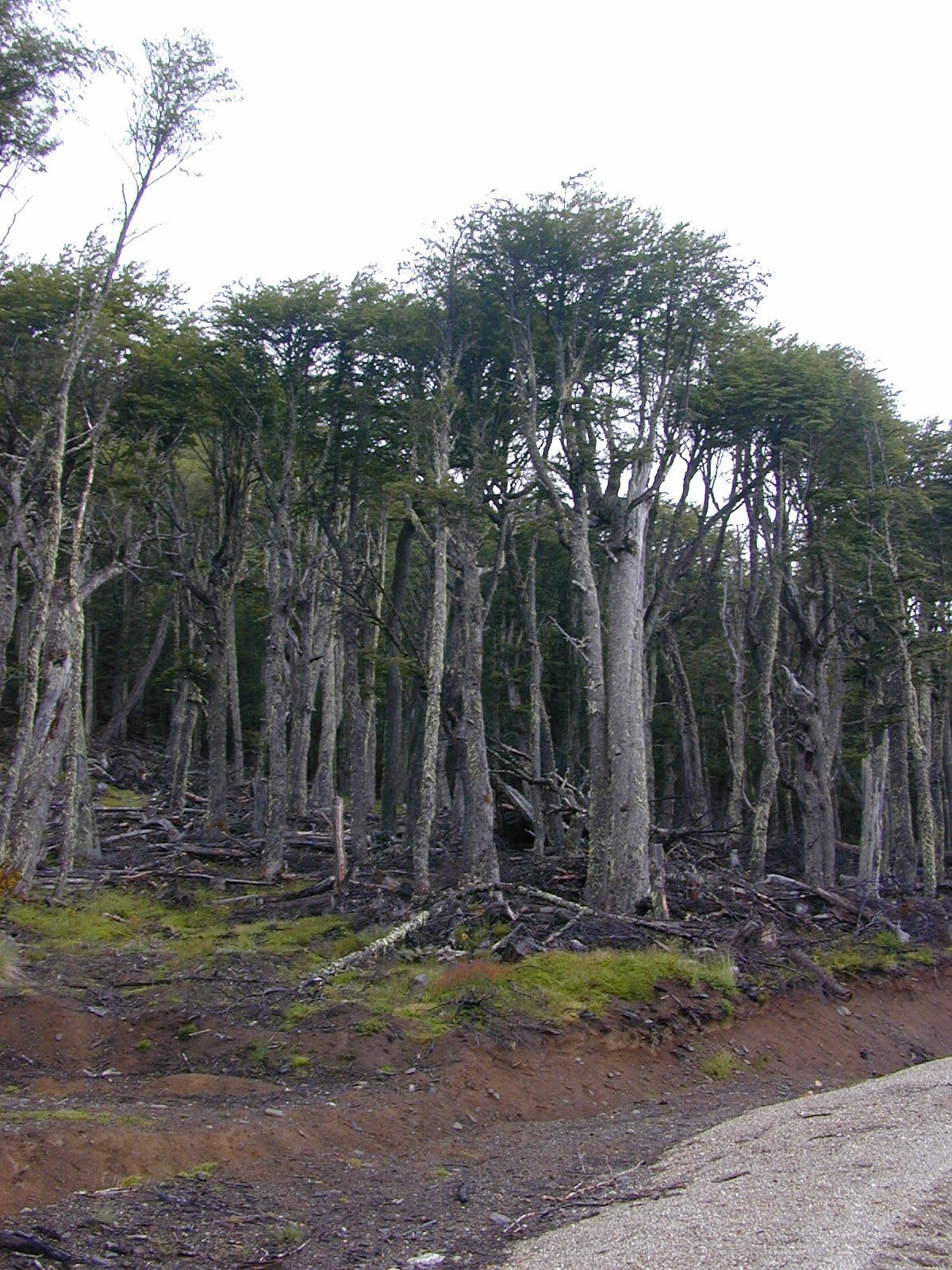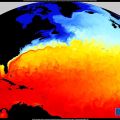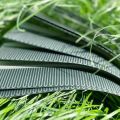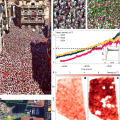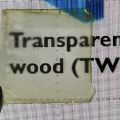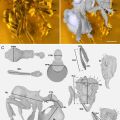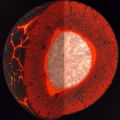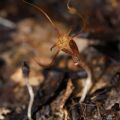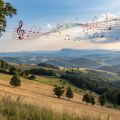Nothofagus pumilio - Définition
La liste des auteurs de cet article est disponible ici.
| Nothofagacées | |||||||||
|---|---|---|---|---|---|---|---|---|---|
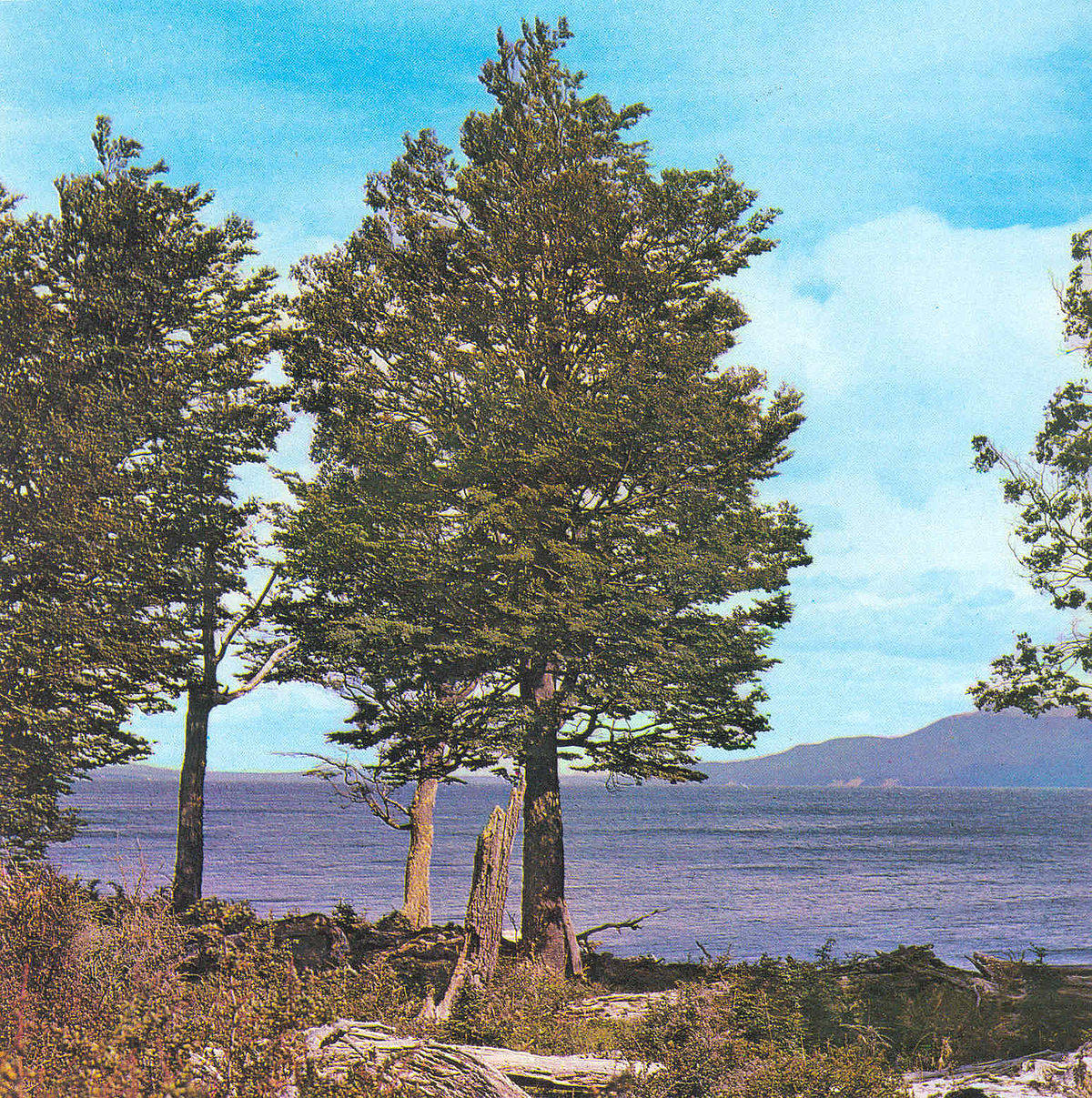
| |||||||||
| Classification classique | |||||||||
| Règne | Plantae | ||||||||
| Sous-règne | Tracheobionta | ||||||||
| Division | Magnoliophyta | ||||||||
| Classe | Magnoliopsida | ||||||||
| Sous-classe | Hamamelidae | ||||||||
| Ordre | Fagales | ||||||||
| Famille | Nothofagaceae | ||||||||
| Genre | Nothofagus | ||||||||
| Nom binominal | |||||||||
| Nothofagus pumilio (Poepp. & Endl.) Krasser, 1896 | |||||||||
| Classification phylogénétique | |||||||||
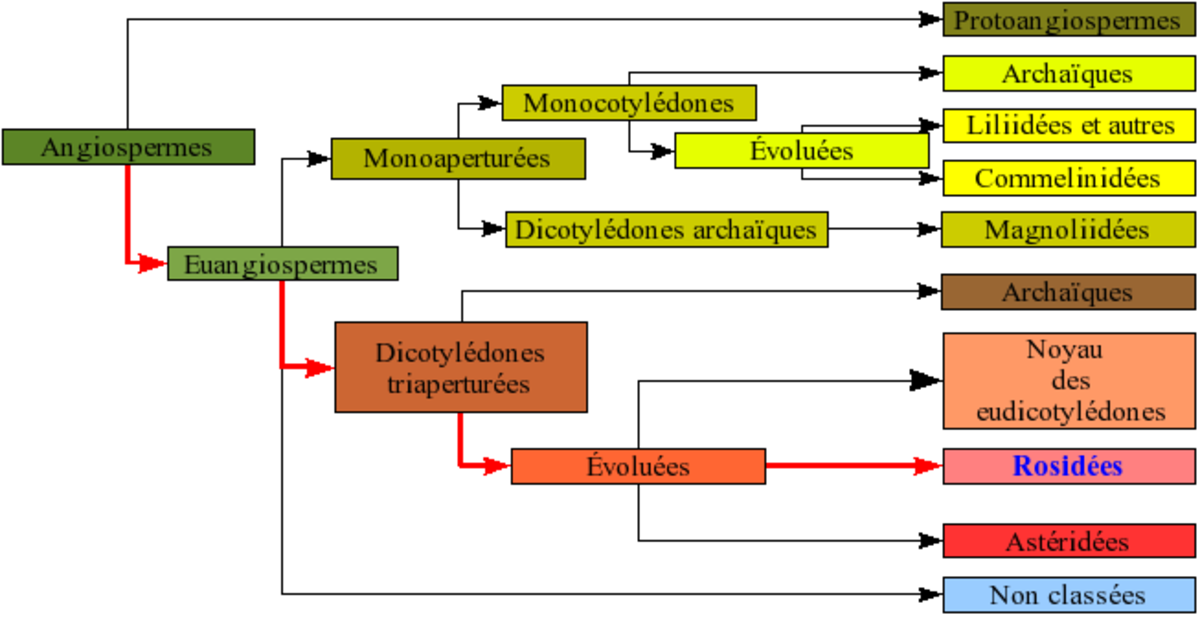
| |||||||||
| Clade | Angiospermes | ||||||||
| Clade | Dicotylédones vraies | ||||||||
| Clade | Rosidées | ||||||||
| Clade | Fabidées | ||||||||
| Ordre | Fagales | ||||||||
| Famille | Nothofagaceae | ||||||||
| Espèce | Nothofagus pumilio | ||||||||
| | |||||||||
Le Lenga, hêtre de la Terre de Feu ou hêtre blanc, (Nothofagus pumilio), est un arbre de la famille Nothofagaceae (ou de la famille Fagaceae selon une autre classification). C'est une espèce représentative des forêts andino-patagoniques du Sud du Chili et de l'Argentine.
Ses feuilles sont caduques, de 2 à 4 cm de long, de couleur vert foncé. Elles ont une forme ronde ou elliptique. En automne elles deviennent jaunes ou rouges. Son bois est de très bonne qualité et s'utilise en construction.
D' après l'endroit où il pousse, il peut atteindre plus de 30 mètres de haut et un diamètre de 1,5 mètre.
Nothofagus pumilio (Lenga Beech or Lenga) is a deciduous tree or shrub native to the southern area of the Andes range, in the temperate forests of Chile and Argentina down to Tierra del Fuego, from 35° to 56° South latitude. In southern Patagonie it grows to a height of up to 30 m (100 ft), and attains a trunk diameter of 1.5 m (5 ft). In more northern regions it grows only at heights above 1000 meters (3300 ft) in the form of a shrub. The leaves are dark green, elliptic thooted and 2–4 cm long, with irregularly lobed margins, and turn to yellow and reddish tones in autumn. The fruit is a small nut 4–7 mm long.
It belongs to the same genus as the coihue. It grows in areas with low temperatures and plenty of snow, therefore in the north half of its distribution it is found only in the Andes Range and at sea level on its southernmost natural environment. It tolerates temperatures −30 °C (−22 °F) and lower and frosts all seasons of the year. It regenerates easily after fires. It grows well in Scotland. The wood has good quality, moderate durable, easy-to-work. It is used in furniture, shingles and construction and sometimes as a substitute for American Black Cherry in the manufacturing of cabinets.
